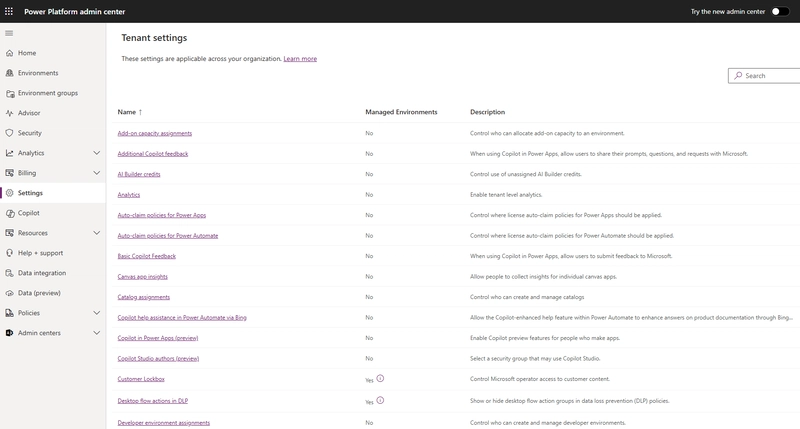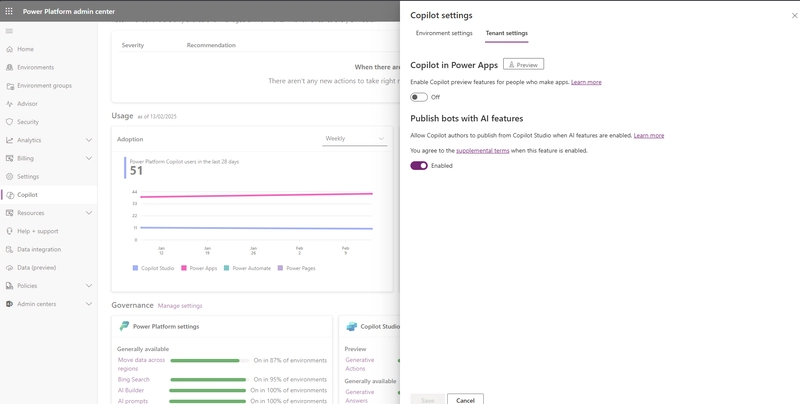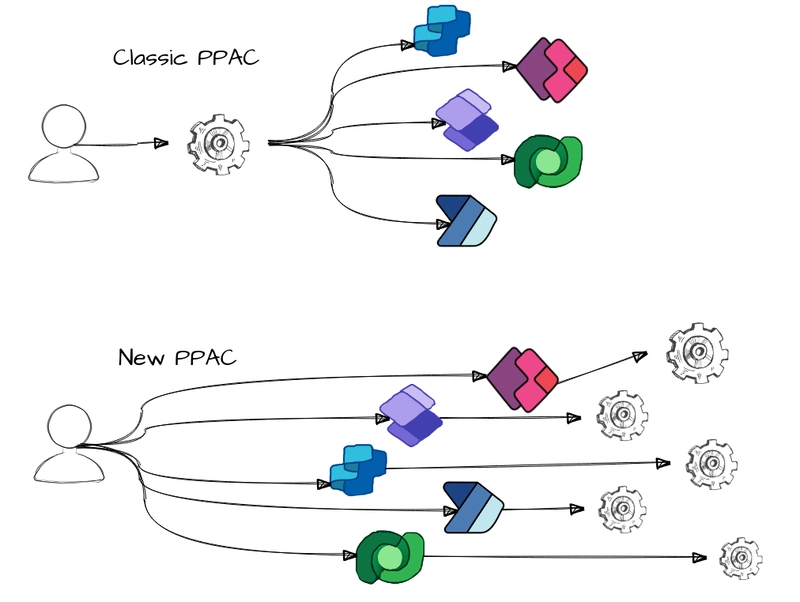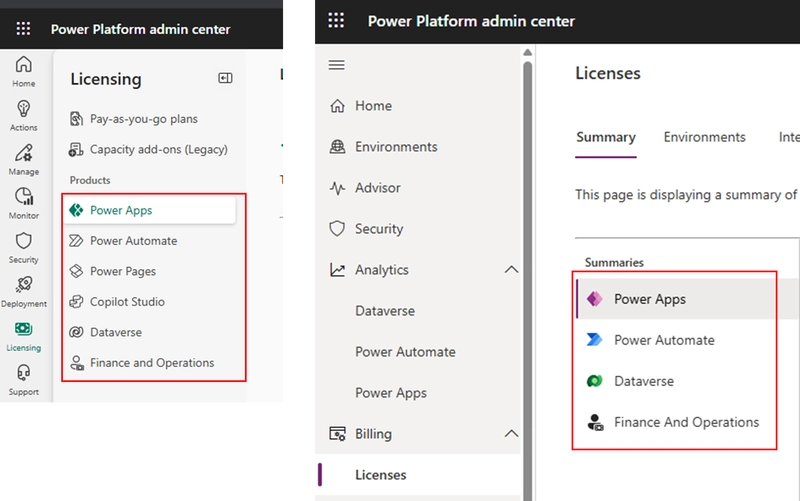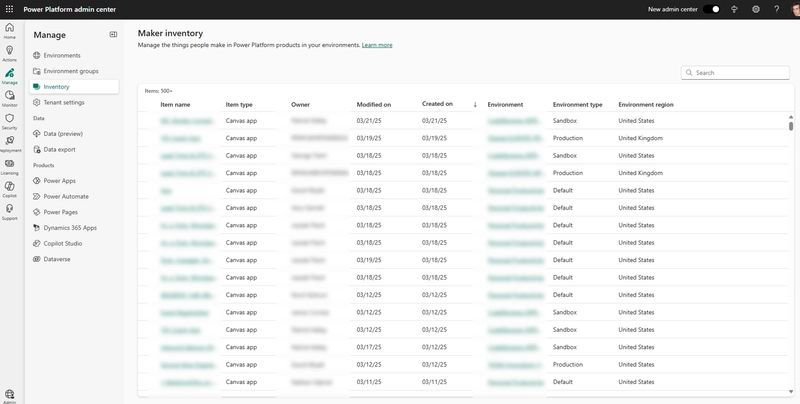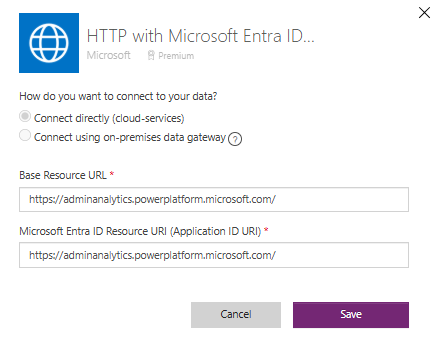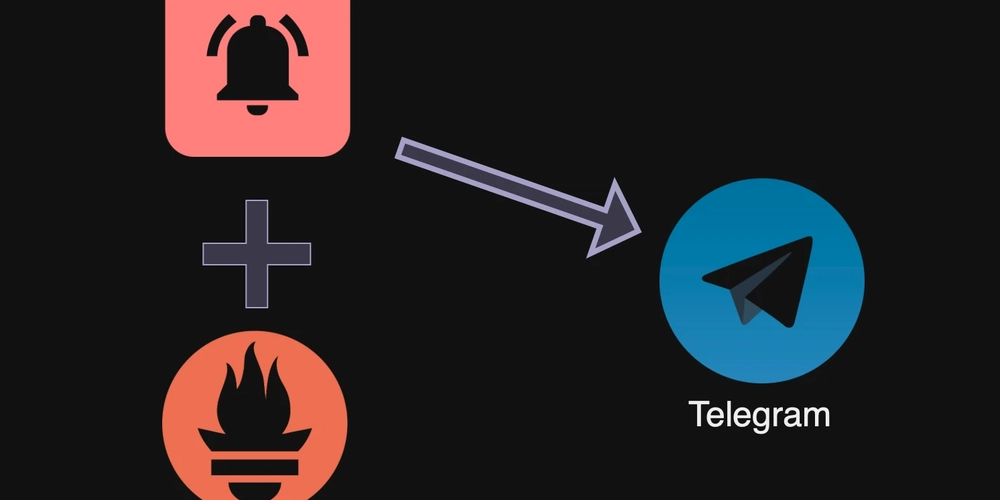The New Power Platform Admin Center
Hopefully you have been checking out the new design on the Power Platform Admin center. Im sure everyone woudl agree the old center needed a new lick of paint, but there is also more to it, there is a fundamental change to how the admin center is working. So in this blog I want to talk about the big change, some cool new features, and some things I still need to get use to. The Change The change is subtle, yet also kind of massive, and thats how it is structured. In the old admin center was driven more top down, with global admins and Power Platform the focus, now its very much product up, with Power Automate admins, Copilot Studio, etc, admins. Like I said its done subtly, as everything is still grouped by section, but now once in the products are a lot more central. Another really good example is how once centralised options are shortcutted/duplicated within the product. Old PPAC New PPAC As you can see above, in the old PPAC you could only get to tenant settings in the tenant settings section, but in the new PPAC you can also access directly from each product. So why is this a big deal, well for me it paints a picture of where the platform is going, with each product getting bigger and require seperate governance/administration. It fits very much in with the internal Microsodt teams, with Power Automate lead by a total different team to the Power Apps team. They each have their own prioratises and rollout plans. Breaking up the admin center allows them to have more atonemy and control of the admin center, and stops comparisons (like below where Power Automate have got the solution aware by default complete before Power Apps). I think in the future you will see a lot more divergence in the teams, with core shared services (like Connectors, Dataverse, Power FX) being the bridge between them. So whats cool about the new admin center, well there are 3 big ones for me. First is the focus on Power Pages and Copilot Studio, they are very much now front facing like Power Automate and Power Apps. For a long time they had mention let alone areas in the admin center. And next is the big one, the inventory. This is so long overdue, it really did bring tears to my eyes (if you searched for a flow in your deault before, loading in pages of 25 with no filtering or sorting you know my pain). The inventory page is built on an entirely new api (https://adminanalytics.powerplatform.microsoft.com/), which can also be accessed from the 'HTTP with Microsoft Entra ID (preauthorized)' action if you want to download and use elsewhere. The inventory page allows you to properly query the data, so you can sort and filter the entire data (not just what is on screen), some cool things across then tenant you can do include: Find a flow by name List your oldest flows/apps/bots List all flows/apps/bots by user of every environment How crazy its taken all these years to get this functionality And best of all, this new feature is not limited to Managed environments
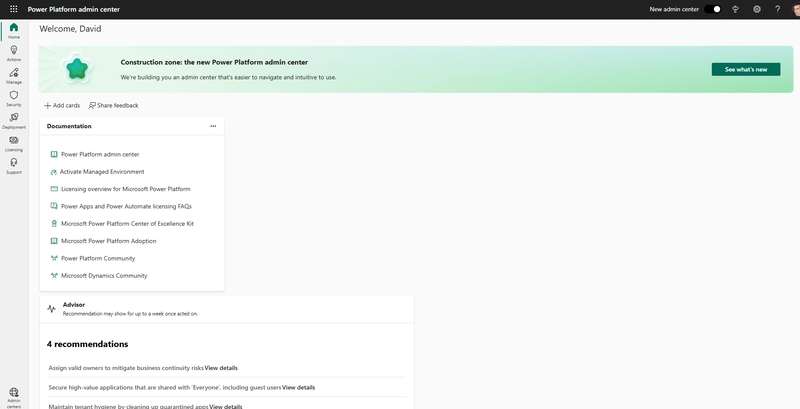
Hopefully you have been checking out the new design on the Power Platform Admin center.
Im sure everyone woudl agree the old center needed a new lick of paint, but there is also more to it, there is a fundamental change to how the admin center is working.
So in this blog I want to talk about the big change, some cool new features, and some things I still need to get use to.
The Change
The change is subtle, yet also kind of massive, and thats how it is structured.
In the old admin center was driven more top down, with global admins and Power Platform the focus, now its very much product up, with Power Automate admins, Copilot Studio, etc, admins. Like I said its done subtly, as everything is still grouped by section, but now once in the products are a lot more central.
Another really good example is how once centralised options are shortcutted/duplicated within the product.
As you can see above, in the old PPAC you could only get to tenant settings in the tenant settings section, but in the new PPAC you can also access directly from each product.
So why is this a big deal, well for me it paints a picture of where the platform is going, with each product getting bigger and require seperate governance/administration. It fits very much in with the internal Microsodt teams, with Power Automate lead by a total different team to the Power Apps team. They each have their own prioratises and rollout plans. Breaking up the admin center allows them to have more atonemy and control of the admin center, and stops comparisons (like below where Power Automate have got the solution aware by default complete before Power Apps).
I think in the future you will see a lot more divergence in the teams, with core shared services (like Connectors, Dataverse, Power FX) being the bridge between them.
So whats cool about the new admin center, well there are 3 big ones for me. First is the focus on Power Pages and Copilot Studio, they are very much now front facing like Power Automate and Power Apps. For a long time they had mention let alone areas in the admin center.
And next is the big one, the inventory. This is so long overdue, it really did bring tears to my eyes (if you searched for a flow in your deault before, loading in pages of 25 with no filtering or sorting you know my pain).
The inventory page is built on an entirely new api (https://adminanalytics.powerplatform.microsoft.com/), which can also be accessed from the 'HTTP with Microsoft Entra ID (preauthorized)' action if you want to download and use elsewhere.
The inventory page allows you to properly query the data, so you can sort and filter the entire data (not just what is on screen), some cool things across then tenant you can do include:
- Find a flow by name
- List your oldest flows/apps/bots
- List all flows/apps/bots by user of every environment
How crazy its taken all these years to get this functionality
And best of all, this new feature is not limited to Managed environments































































![Apple to Source More iPhones From India to Offset China Tariff Costs [Report]](https://www.iclarified.com/images/news/96954/96954/96954-640.jpg)
![Blackmagic Design Unveils DaVinci Resolve 20 With Over 100 New Features and AI Tools [Video]](https://www.iclarified.com/images/news/96951/96951/96951-640.jpg)


















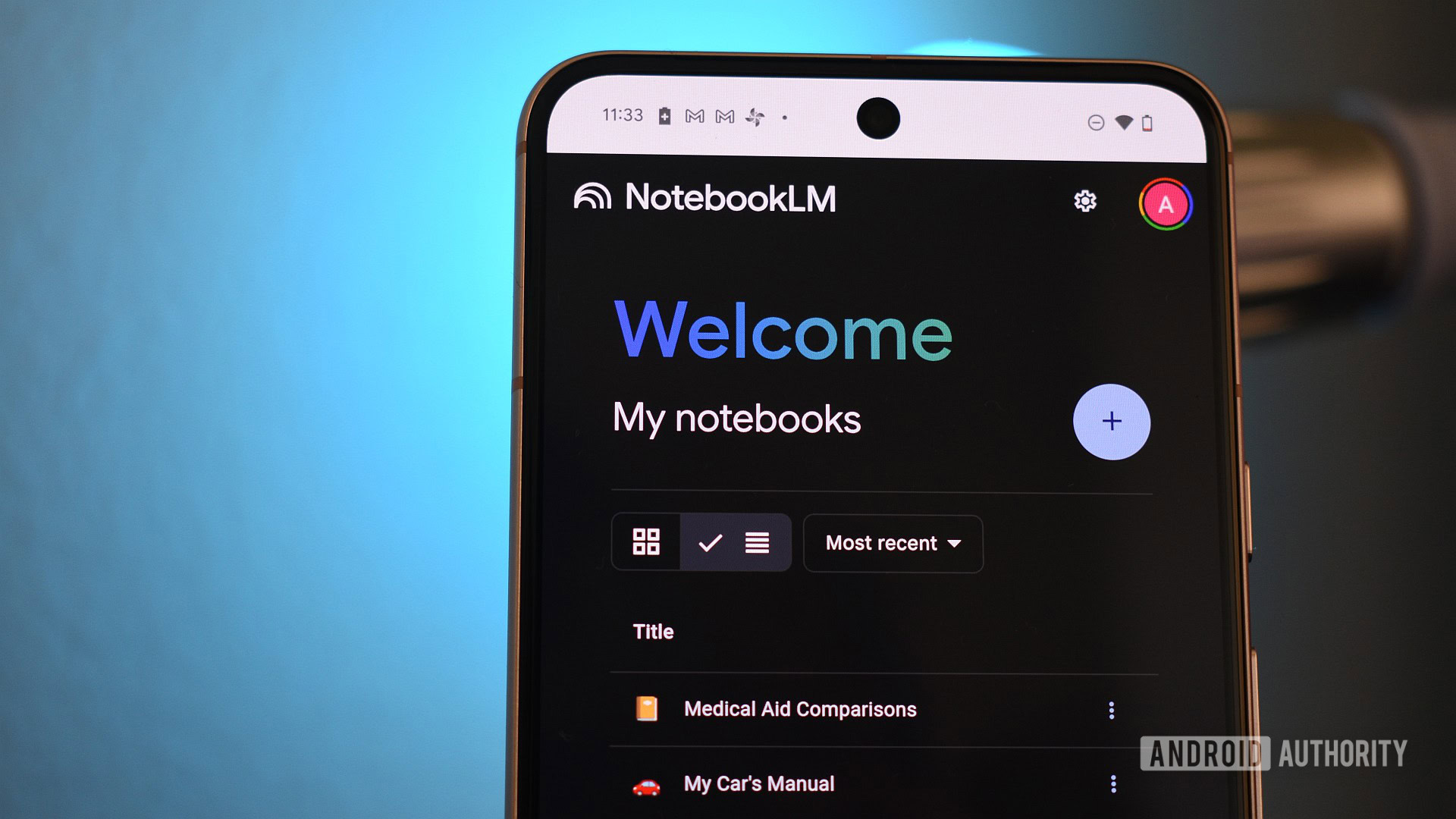



































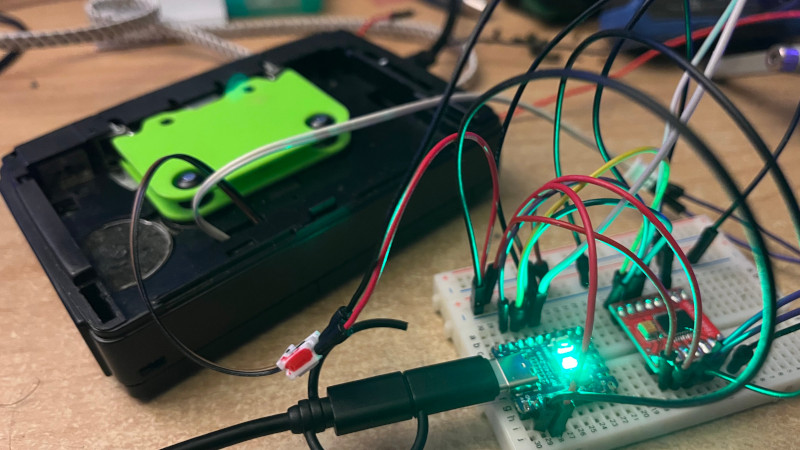
















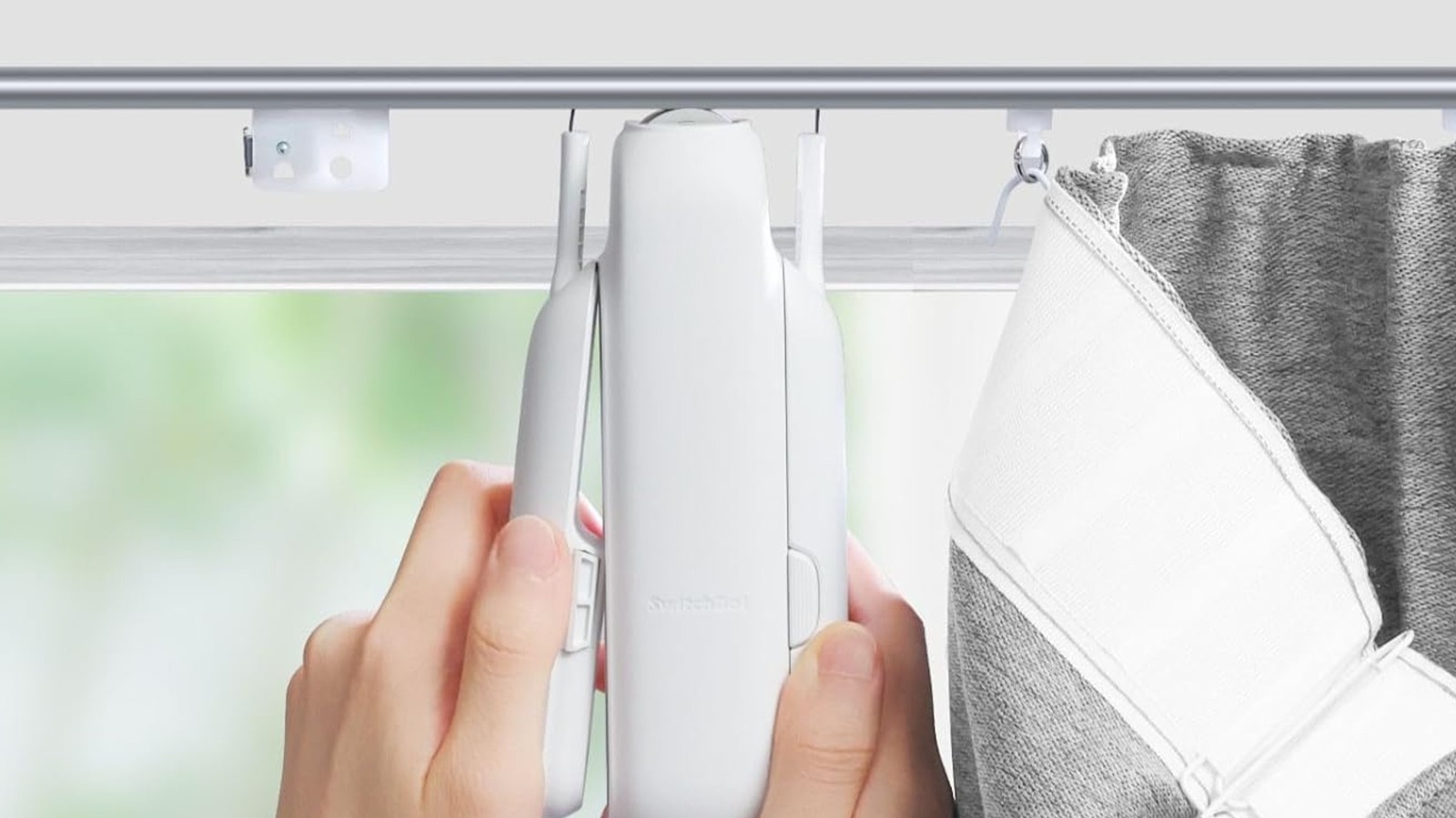






























.webp?#)
.webp?#)
.webp?#)




_NicoElNino_Alamy.png?#)








































































![[The AI Show Episode 142]: ChatGPT’s New Image Generator, Studio Ghibli Craze and Backlash, Gemini 2.5, OpenAI Academy, 4o Updates, Vibe Marketing & xAI Acquires X](https://www.marketingaiinstitute.com/hubfs/ep%20142%20cover.png)





























































































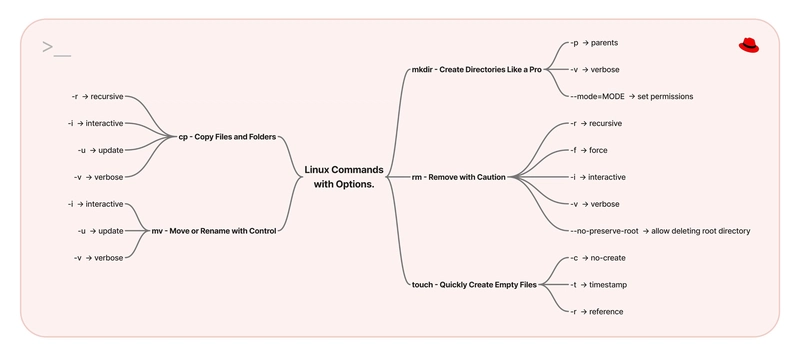
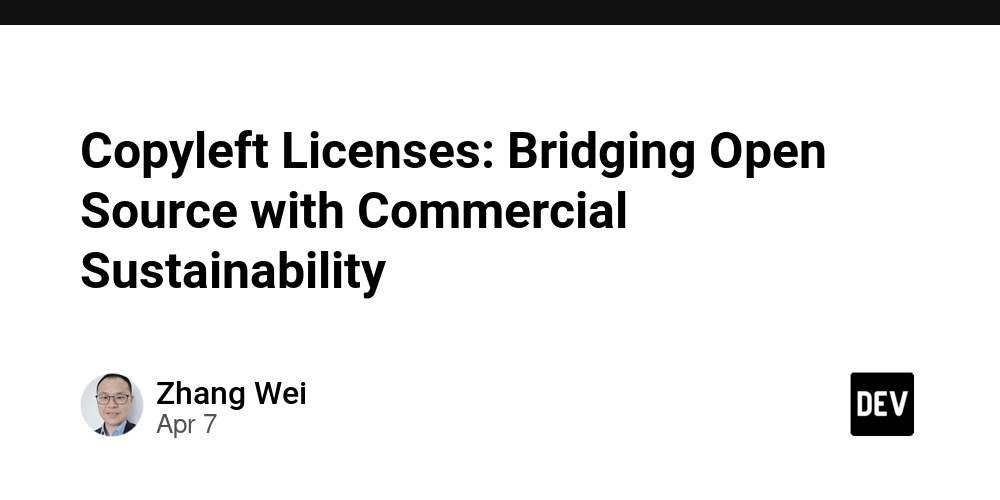
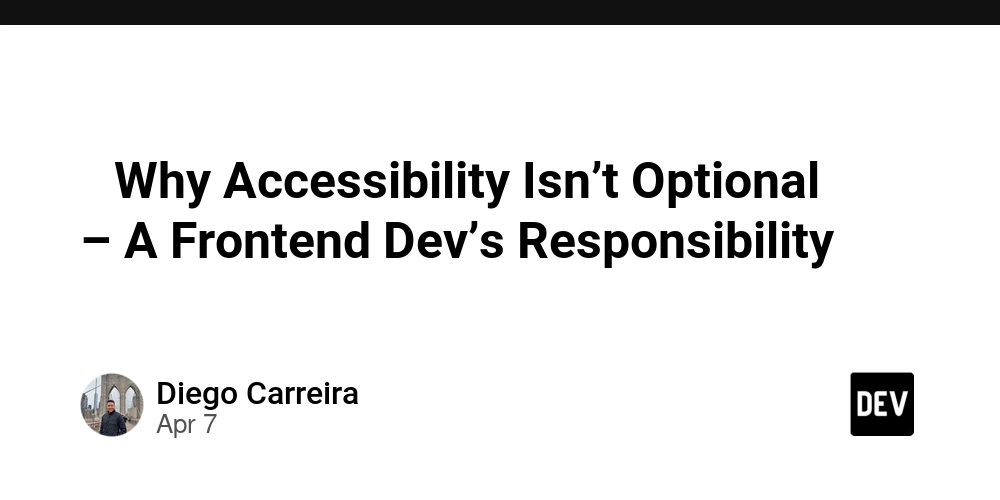






































![From drop-out to software architect with Jason Lengstorf [Podcast #167]](https://cdn.hashnode.com/res/hashnode/image/upload/v1743796461357/f3d19cd7-e6f5-4d7c-8bfc-eb974bc8da68.png?#)






























(1).jpg?width=1920&height=1920&fit=bounds&quality=80&format=jpg&auto=webp#)







.png?#)

















































